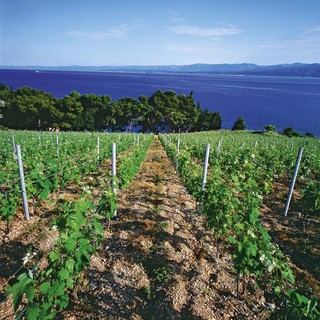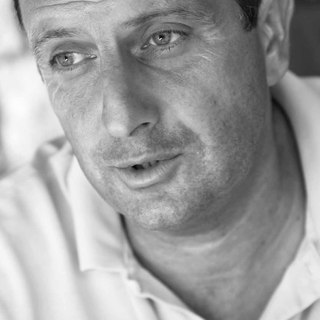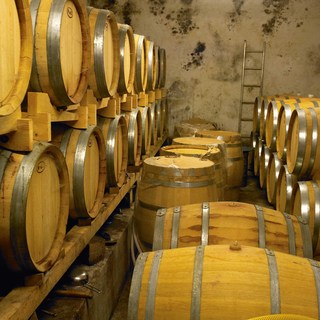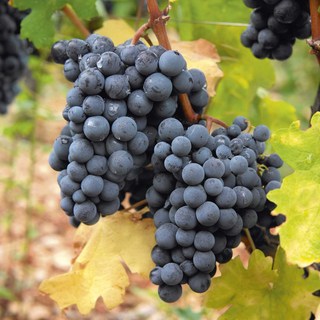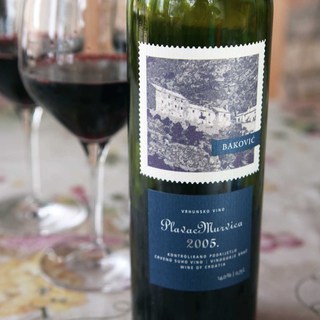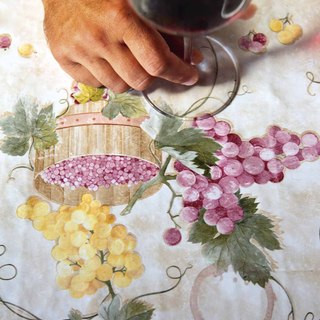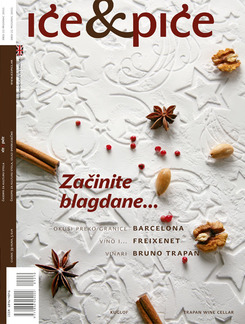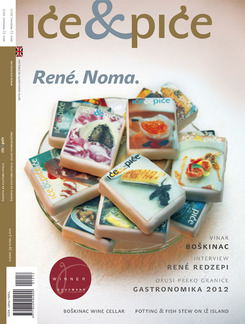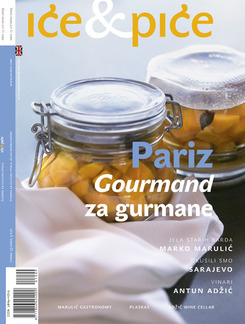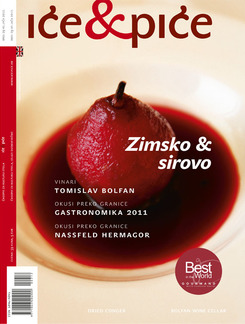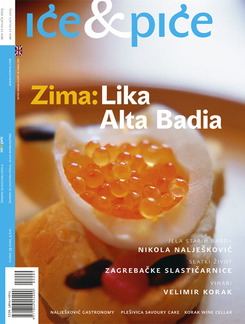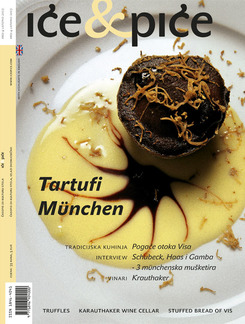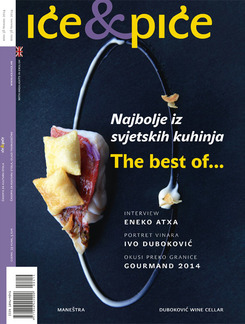Wine cellar’s ID
Family tradition
Our family in Murvica has always been into grape growing, but not winemaking, except for its own needs. The grapes were taken to the co-op in Bol the oldest in Dalmatia. In the real sense of the word it was me that started to deal with it, the fourth generation of the family. I graduated in mechanical engineering in 1993 in Zagreb and because there were no jobs I went to New Zealand for two years. When I came back, looking at the landscape and these positions so good for planting vineyards, I decided to go in for wine production. At the beginning I had only a basic knowledge, which I later on supplemented with experience, time, talks with other winemakers, and reading foreign books. I’m a self-taught winemaker, although I’ve felt a link with the vineyards since I was little. The first vintage came in 1996. At that time, as well as the inherited vineyards, already a bit old, I at once went on with planting new ones.
Vineyards and varieties
Today, what with the new, what with the old, I’ve a total of 5 hectares of vineyards. At first there was just Plavac, and later by way of new varieties we added Cabernet Sauvignon and Shiraz, which will soon come onto the market. Plavac, at 70%, is still the prevailing variety, and the rest is 20% Shiraz, 10% Cabernet. We produce about 30,000 bottles a year. We don’t have any plans to expand the vineyards at the moment because we have no more land. The potential for tourist development has sent the price of land sky-high, and agriculture can’t take it. These are the best blocks on Brač, but other places in the island were also good. Plavac is pushed too much, because in my opinion it can give its very best only on the southern sides of the island. Other varieties (like the indigenous – Pošip, Vugava and Crljenka and the foreign varieties like Shiraz, Cabernet Sauvignon, Merlot and even Chardonnay) could perform very well on the rest of the island. I think that Brač and Hvar are similar in that the southern sides are best for Plavac, while the northern and the plain in the interior are more suitable for other varieties that ripen faster.
Cellar
The only thing that really has to be done is to make a proper cellar. The problem that is with the new orders of the government in the last few years, the abilities to build along the coast are much reduced and no exception has been made for professional viticulturists and winemakers whose way of making a living depends on it. We have managed to make some small improvisations going on from the old cellar. I calculated, some 4 or 5 years ago when I expanded the vineyards by 2,5 hectares, that by the time the vines were really bearing we would have managed to get a permit, but it hasn’t even got off the ground. But 100 metres from the sea is outside the protected area building is possible, there is a chance of building a production facility of small capacity that would partially meet our needs. We hope that this will be settled. Everywhere in the world, it’s normal for wineries to be made in the vineyards or immediately by them. Unfortunately, with this matter we don’t figure through the association, everyone has to settle his problems by himself.
Label
The actual label of the wine (Nenad Dogan, designer) was created by my looking for a Murvica motif that marked the history of this part of the island, which is actually the monastery in Dračeva luka. These areas were actually colonised from the area of the Poljica Republic, led by the Glagolite priests, who founded both the monastery in Dračeva luka and some other smaller monasteries in the surrounds of Murvica, as well as the Blaca hermitage, which is known further afield. This label gave us some visual distinctiveness, which is important because of our limited distribution via wine boutiques.
Philosophy
The approach to the whole story of me and wine is connected with the manner of life by the sea, with the sea and land, outside the city. I look at it above all as a manner of life, not primarily as a job. You might say that what was a hobby has turned into a means for surviving. My other hobby is bee-keeping, which I couldn’t do in town either. Although I see my future mainly in wine, as a way of making a living. Of course, I aim to produce as good wine as I can. I consult with other winemakers, people from the engineering faculty about wine and cellars and so on. I visited Michael Brajkovich in New Zealand, at Kume River Wines near Auckland, and he paid me a return visit this year. Each year the quality of the wine is a reflection of the natural conditions of that year. All this makes up an integrated image (the vineyards, the tuna swimming in the sea, the bees, cellar and future tasting room), just what I would like to show and offer visitors when they come.
Future
I see development in the area of cuvée, and testing out myself and paying need to the wishes of the market. We don’t have any aspirations to big expansion, we don’t have the conditions for it. I shall stay a local winemaker but, I hope, a not-to-be-missed feature on Brač. I think that the island of Brač has got a good outlook in wine, which has to be part of the whole wining and dining product of the island, founded on local food products. But I also think that as a boutique winery we have a chance to find a place for ourselves in certain foreign markets, in some niches in the market.
